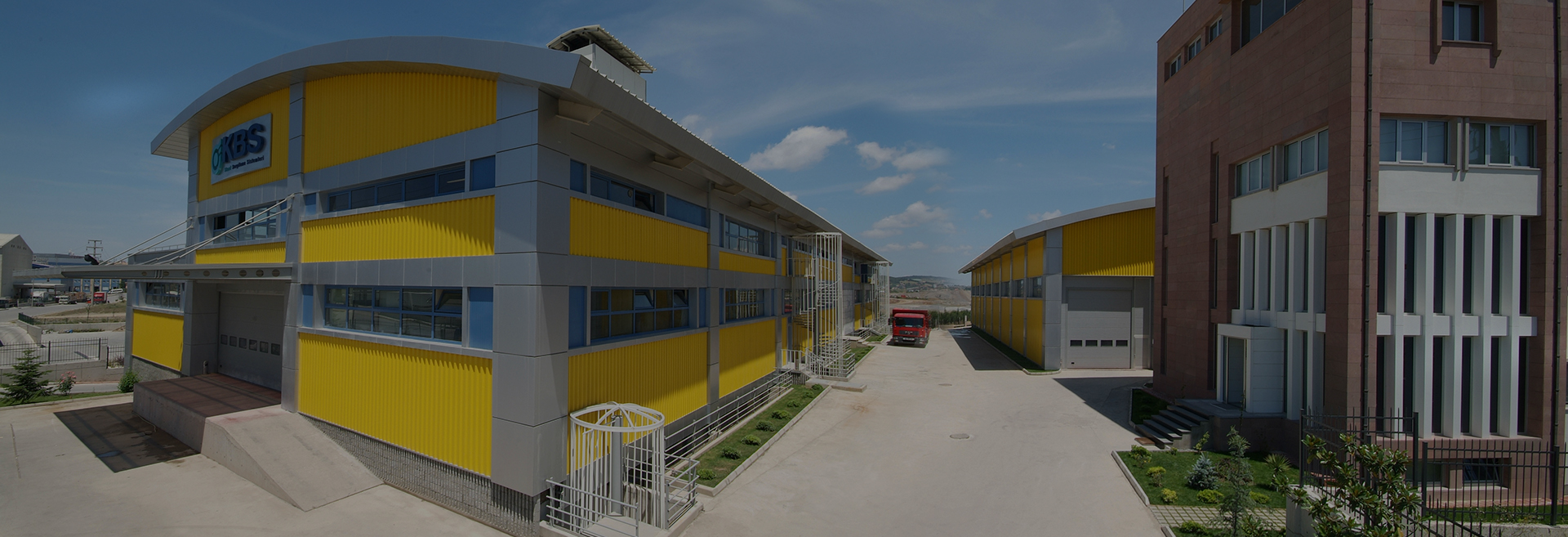
Carbon Footprint
Carbon Footprint
.png)
What is this carbon footprint and why is it so important?
“Climate Action”, one of the 17 articles of the United Nations Sustainable Development Goals, and the facts that caused that article to be written, say;
- According to the reports of the World Meteorological Organization, of which our country is a member, our globe has warmed by 1 degree Celsius compared to the averages of the pre-industrial period, and the world can handle an average temperature increase of 0.5 degrees at most.
- However, in some regions, even 1.5 degrees has been exceeded. This indicates that our world is about to enter a serious climate crisis. The most concrete indicator is the spread of global warming and the drought regions that it brings with it to wider geographies.
- If we cannot keep the annual average temperature increase at 1.5 degrees until 2030, there will be an increase of 2 degrees, which will leave humanity with serious problems such as natural disasters, famine and migration in the following years.
Therefore, as humanity, we have a very serious responsibility to stop global warming and to keep the annual temperature increase at 1.5 degrees Celsius...
The main reason for global warming is the increasing greenhouse gas effect, and its main reason is carbon emissions, namely carbon footprint.
- Greenhouse gas effect: The earth is actually warmed by the sun's rays reflected from the earth, rather than the sun's rays falling on it. The rays reflected from the earth to the space are reflected back to the earth by being caught by the gases in the atmosphere, especially carbon dioxide, methane and water vapor, which are produced by human activities, and thus the earth warms up. Gases causing greenhouse effect; It is 36-70% Water Vapor, 9-26% Carbon Dioxide, 4-9% Methane and 3-7% Ozone.
As a result of human activities, these gas levels increase. As a result, the greenhouse effect is observed. These gases are called “greenhouse gases” because they cover the earth like a greenhouse awning, causing the heating rays to accumulate in the atmosphere and warming the world, and the capture of the rays by these gases in this way is called the “greenhouse effect”.
The most important reason for global warming is the increase in the amount of these gases in the atmosphere. Since more than half of greenhouse gases are carbon dioxide, reducing carbon dioxide emissions in particular has a critical importance in the fight against global warming.
- Carbon emissions or emissions are greenhouse gas emissions that result from a range of human activities and cause climate change. These are mainly caused by the carbon dioxide released from the use of fossil fuels (especially coal, oil and natural gas), but also deforestation, concretization, urbanization, etc. It also occurs with changes made on lands and settlement areas such as
- Carbon Footprint is a measure of the damage caused by human activities to the environment in terms of the amount of greenhouse gas produced, measured in terms of carbon dioxide. It occurs in two ways, primary and secondary footprint. The first is the “direct” CO2 emissions from the combustion of fossil fuels used for domestic energy consumption and transportation (car, airplane, etc.). Secondly, the “indirect” CO2 emissions from the production processes of the products we use and in the processes of subsequent use, conversion to waste, and deterioration.
WHAT SHOULD WE DO TO REDUCE THE CARBON FOOTPRINT?
- By consuming as much as we need and not buying unnecessary products,
- Unplugging the electrical consuming devices when we are not using them and keeping them off,
- Not driving at distances we can walk,
- By insulating our house,
- Preferring electricity and solar energy instead of fossil fuels for heating,
- Using public transportation instead of energy efficient electrical devices and our individual vehicle,
- Preferring low-emission vehicles when buying or renting vehicles,
- using LED lamps,
- Water etc. By not consuming natural resources more than needed and providing water efficiency,
- Recalling that when we consume vegetables and fruits out of season or prefer imported products, these products are produced using more energy and are brought to our country, thus increasing the carbon footprint,
- By throwing our wastes into waste bins for recycling and/or reuse,
- We can reduce our carbon footprint by planting trees.
Prepared by: Merve Zengin Karagöz (Occupational Safety Specialist)
